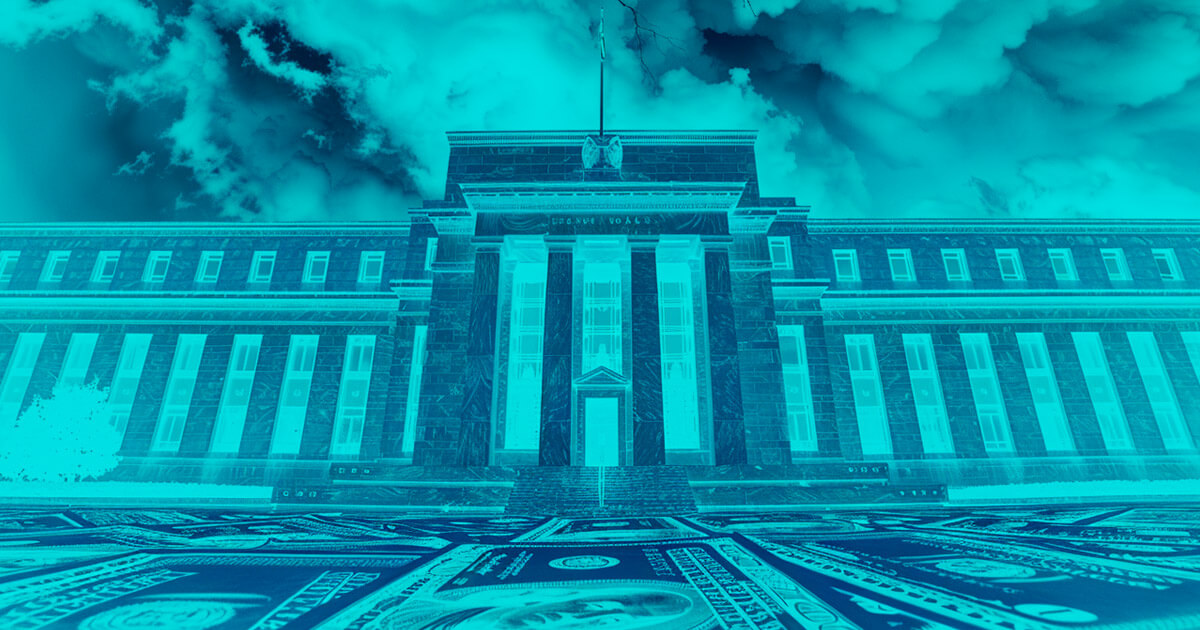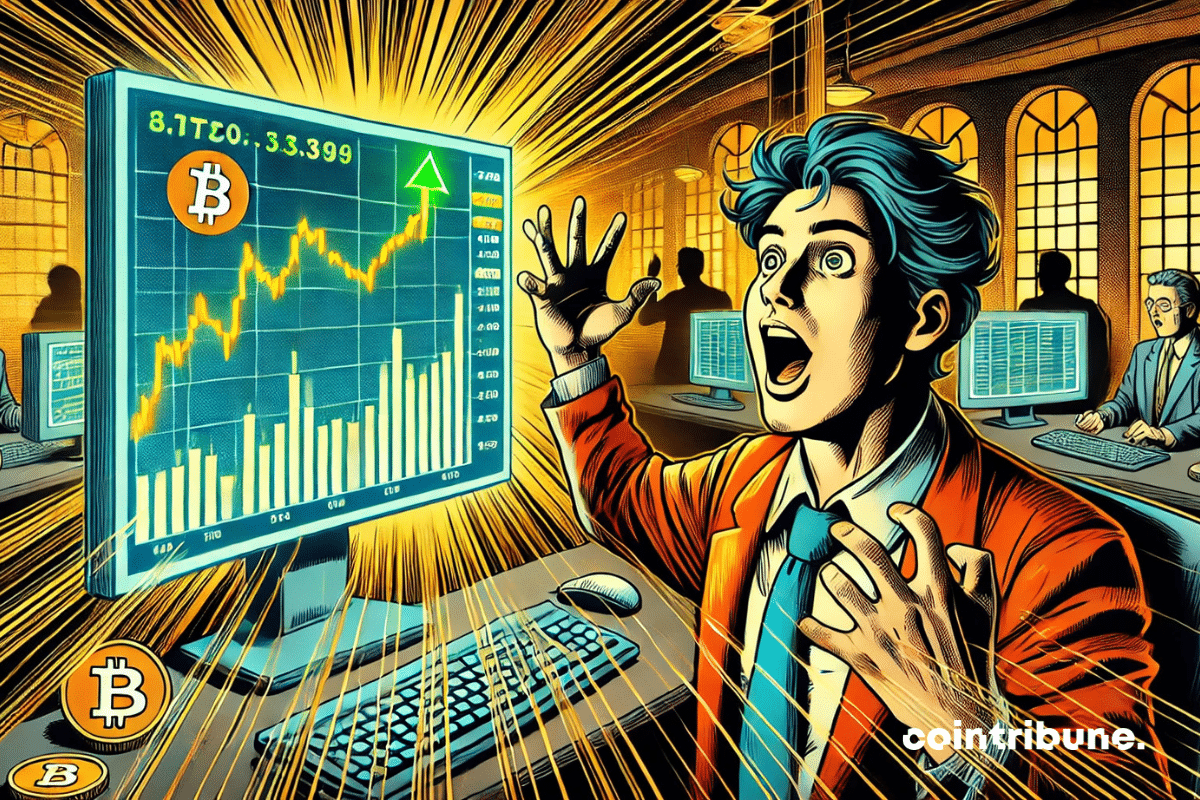Rate hikes linked to 11 out of 14 past U.S. recessions, historical analysis shows
Introduction
The Federal Reserve and other central banks worldwide are approaching the end of a rate-hiking cycle, raising concerns about a potential recession. Historical data from Rosenberg Research, shared by QE infinity, reveals a concerning trend: out of the past 14 rate-hiking cycles since 1950, the United States has experienced a recession 11 times.
The Impact of Rate Hikes on the Economy
When central banks increase interest rates, it becomes more expensive for businesses and consumers to borrow money. This can lead to a slowdown in spending and investment, which can ultimately result in a recession. The Federal Reserve uses interest rate hikes as a tool to control inflation and prevent an overheating economy, but it can also have unintended consequences.
For example, higher interest rates can lead to a decrease in housing affordability, which can dampen the real estate market. It can also increase the cost of servicing debt, putting pressure on businesses and potentially leading to layoffs. In the past, rate hikes have been precursors to economic downturns, as indicated by the historical data.
How Will This Impact Me?
For individual consumers, rate hikes can mean higher interest rates on loans and credit cards, making it more expensive to borrow money. This can impact your ability to make large purchases or take out new loans. If you have a variable-rate mortgage, your monthly payments could also increase, putting a strain on your finances.
If you are a business owner, rate hikes can affect your bottom line by increasing the cost of borrowing and potentially slowing down consumer spending. This can lead to a decrease in revenue and profitability, making it more challenging to grow your business.
How Will This Impact the World?
The effects of rate hikes in the United States can have ripple effects across the global economy. As the largest economy in the world, any slowdown or recession in the U.S. can impact international trade, investment, and financial markets. Central banks in other countries may also adjust their monetary policies in response to developments in the U.S., leading to interconnected effects on a global scale.
Emerging market economies, in particular, may be more vulnerable to the impact of rate hikes, as they rely heavily on foreign investment and trade. A slowdown in the U.S. economy can lead to decreased demand for goods and services from emerging markets, leading to economic challenges in those regions.
Conclusion
As the Federal Reserve and other central banks continue with their rate-hiking cycles, there is growing concern about the potential for a recession. Historical data indicates a strong correlation between rate hikes and economic downturns, highlighting the importance of closely monitoring monetary policy decisions and their impact on the economy. Individual consumers and businesses should be prepared for potential financial challenges ahead, while the global economy may also experience turbulence as a result of developments in the United States.





